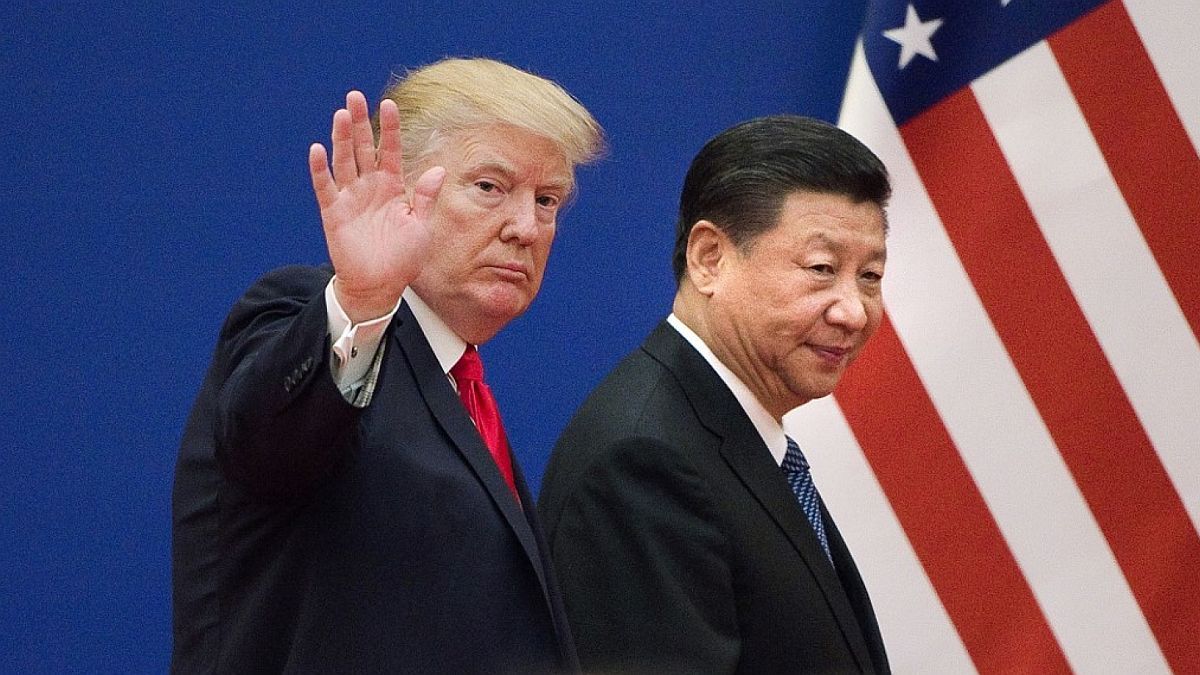In the midst of the process of liquefaction of savings and remunerated liabilities of the Central Bank based on the policy of super negative rates, The holding of securities in banks’ portfolios reached record levels measured in relation to deposits. It happens that the official push for financial entities to turn to debt tenders in Treasury pesos through the offer of insurance liquidity (known as puts in financial jargon) by the BCRA accelerated growth.
According to the consultant’s calculations 1816the latest data from the monetary authority show that “banks have securities (including BCRA repos) for the equivalent to 100% of deposits totals in pesos, new record in many years.”
The data may be striking given that there are financing limits for the public sector stipulated by the prudential regulations of the Argentine financial system. In this regard, 1816 clarifies that “this is explained because sovereigns purchased with puts no longer count towards the 75% limit of the PRC” (computable capital responsibility, a way of calculating the assets of banks for regulatory purposes). In fact, the consultancy considers that “It is likely that by January 100% of the banks’ net assets will have been invested in sovereign securities.” (percentage without considering passes)”.
image.png
According to the Central’s daily series numbers, total deposits in pesos stood at $51.6 billion as of February 20. On that date, the stock of repos held by financial entities was $28 billion. The rest is mainly made up of Treasury securities nominated in pesos, linked dollars and duals.
In light of the current trend, it is to be expected that the proportion of bonuses sovereigns continue to grow. It is that the economic team strategy It consists of promoting the migration of banks’ holdings from remunerated debt of the BCRA to Treasury securities to reduce the stock of Passes, something that the Government considers key in view of the lifting of the stocks and the change of monetary regime towards the questioned dollarization.
To this end, the entity chaired by Santiago Bausili recently expanded the possibilities for banks to hire puts for the bonds they subscribe in the tenders carried out by Luis Caputo. These puts provide them with a kind of insurance that guarantees that the Central Bank will come out to buy back their securities when they want to get rid of them. Previously they could be contracted for Treasury instruments maturing until 2025 and are now available until 2027.
This way, In last week’s Treasury peso debt tender, financial entities took 95% of the almost $4.9 billion placed and covered them by contracting the repurchase options offered by the BCRA. In the last five auctions, they did not drop below 77%, according to Facimex Valores calculations. According to the latest estimate of 1816, The stock of puts is already at $14.4 billion (up from the $9.7 billion it had calculated for the previous week).
Banks, bonds and puts: the risks
As you have been pointing out Ambit, attention on this strategy is growing in the market. And some voices raise the risks. Ultimately, in the event that the mood of investors abruptly reverses and banks execute puts en masse, it will be the Central Bank that will have to come out to face it with issuance, these liquidity insurance imply a kind of “remunerated debt.” latent” for the BCRA. That is to say, if that were to happen, there would be a danger that the run would be fed back through the pesos injected by the monetary authority or that they would be immediately reabsorbed through repos, which would return the disarmament and liquefaction process to zero. in progress.
As this media reported, for some analysts, the need to offer these insurances is a sign of distrust in the social and political sustainability of the shock adjustment plan through the liquefaction of public spending (especially in retirements, social spending and other very sensitive items) as a way to achieve the fiscal surplus that the market craves.
“They are a measure of the lack of credibility of the model in general and the fiscal adjustment in particular that arises, among other things, from noisy communication. Banks are happy to exchange Leliq (now Passes) for public securities, but they do not jump without a net. They ask for insurance,” argued Damián Pierri, economist and associate researcher at the Interdisciplinary Institute of Political Economy of Buenos Aires of the UBA and CONICET.
“Another consequence of these puts is that it allows financial entities to have their holdings of public securities not counted for the purposes of credit risk exposure limits. Risky,” said the director of the consulting firm Suramericana Visión, Ramiro Tosi, in his X account. As mentioned, this makes it possible for the weight of Treasury securities as a percentage of deposits to continue rising.
Meanwhile, the official strategy continues. In addition to encouraging the migration of banks towards sovereign debt, the search to reduce the Central Bank’s liabilities in pesos includes: the brake on monetary issuance to assist the treasury from the fiscal adjustment shock, the liquefaction of savings through the reduction of the interest rate in a context of escalating inflation and the dollarization of a part of the BCRA’s liabilities through BOPREAL.
Source: Ambito
I am a 24-year-old writer and journalist who has been working in the news industry for the past two years. I write primarily about market news, so if you’re looking for insights into what’s going on in the stock market or economic indicators, you’ve come to the right place. I also dabble in writing articles on lifestyle trends and pop culture news.




